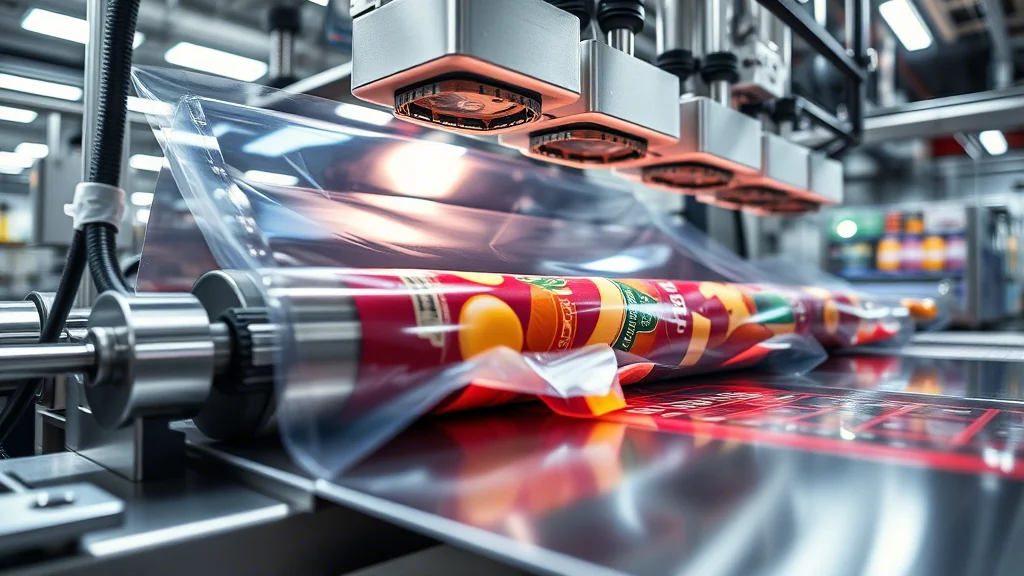
As a professional custom flexible packaging manufacturer, HMPAC Packaging understands how crucial it is to select the right lamination process. Whether you are in the food, pharmaceutical, or consumer goods industry, choosing the appropriate lamination method can significantly improve product protection, enhance shelf appeal, and optimize production efficiency.
Below, we’ll explore four commonly used lamination processes, their key advantages, and how they can help you achieve cost-effective, high-performance packaging.
1. Solvent-Based Lamination: Strong Bonding and High Protection
Solvent-based lamination is one of the most traditional and widely adopted processes. This method involves dissolving an adhesive in a solvent and applying it to the packaging material before bonding multiple layers together. The result is a strong, durable film structure with excellent stability.
Key Advantages:
·Superior Barrier Properties: Provides excellent resistance to water vapor and oxygen, making it ideal for packaging sensitive products such as food and pharmaceuticals.
·Strong Adhesion: Ensures reliable bonding for heavy-duty packaging that needs to withstand handling and transportation.
While effective, solvent-based lamination uses chemical solvents that can impact the environment. At HMPAC, we continuously work to minimize solvent emissions and offer eco-friendly packaging solutions.
2. Solventless Lamination: A Sustainable Alternative
As sustainability becomes a global priority, solventless lamination has emerged as a greener, safer alternative. Instead of using solvents, this method relies on a special adhesive that bonds layers together under pressure and heat.
Key Advantages:
·Eco-Friendly: No solvents are used, reducing volatile organic compound (VOC) emissions.
·Safe for Food and Pharma: Eliminates the risk of solvent residue, making it ideal for high-performance, food-grade, and pharmaceutical packaging.
·High Production Efficiency: Features a fast-curing process, enabling high-speed manufacturing and lower energy consumption.
This process is increasingly popular among brands seeking environmentally responsible packaging without sacrificing performance.
3. Dry Lamination: Lightweight and Versatile
Dry lamination uses a pre-applied, dried adhesive layer that bonds materials together under pressure—no solvents or liquid adhesives are required. This makes it an excellent choice for lightweight and flexible packaging.
Key Advantages:
·Lightweight Construction: Uses minimal adhesive, making it suitable for lightweight products and reducing overall material consumption.
·Material Flexibility: Compatible with films, foils, and paper, giving brands more options for different applications.
·High-Quality Print Results: Delivers sharp, detailed graphics that enhance package design and strengthen brand presence.
This method is commonly used for snacks, pet food, and medical packaging, where strong yet visually appealing packaging is essential.
4. Heat-Seal Lamination: Superior Seal Integrity
Heat-seal lamination bonds materials by applying heat and pressure, melting the adhesive layers to create a strong, airtight seal. This process is often chosen for packaging that requires excellent moisture and air protection.
Key Advantages:
·Enhanced Seal Strength: Provides reliable airtight packaging for products such as ready-to-eat meals or wet food.
·High Durability: Offers excellent puncture and tear resistance, making it ideal for products exposed to harsh shipping conditions.
·Extended Shelf Life: Strong seals prevent air and moisture ingress, keeping products fresher for longer periods.
This process is widely used for long-term storage packaging where product integrity and freshness are critical.
Why Choosing the Right Lamination Process Matters
Selecting the correct lamination process can do more than just improve packaging quality—it can reduce operational costs and strengthen your brand’s market position. Here’s why it matters:
·Better Product Protection: Shields products from moisture, oxygen, light, and other external factors to maintain quality and shelf life.
·Cost Efficiency: Methods like solventless or dry lamination can lower energy usage, material costs, and environmental fees.
·Enhanced Brand Appeal: Advanced lamination techniques ensure visually appealing, high-quality packaging that attracts consumers and builds trust.
By understanding these four lamination processes, you can make informed decisions that improve both your packaging performance and overall business efficiency.
Partner with HMPAC Packaging today to get expert guidance and customized lamination solutions that elevate your packaging quality while reducing costs


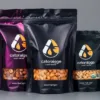
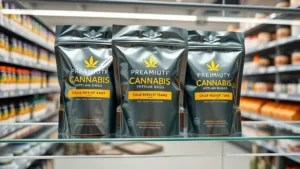
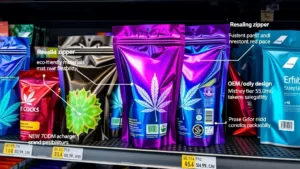
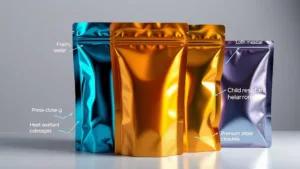
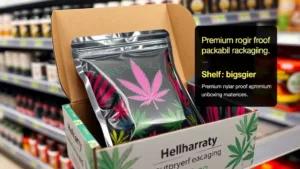
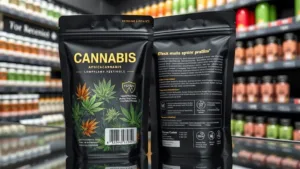
Add comment